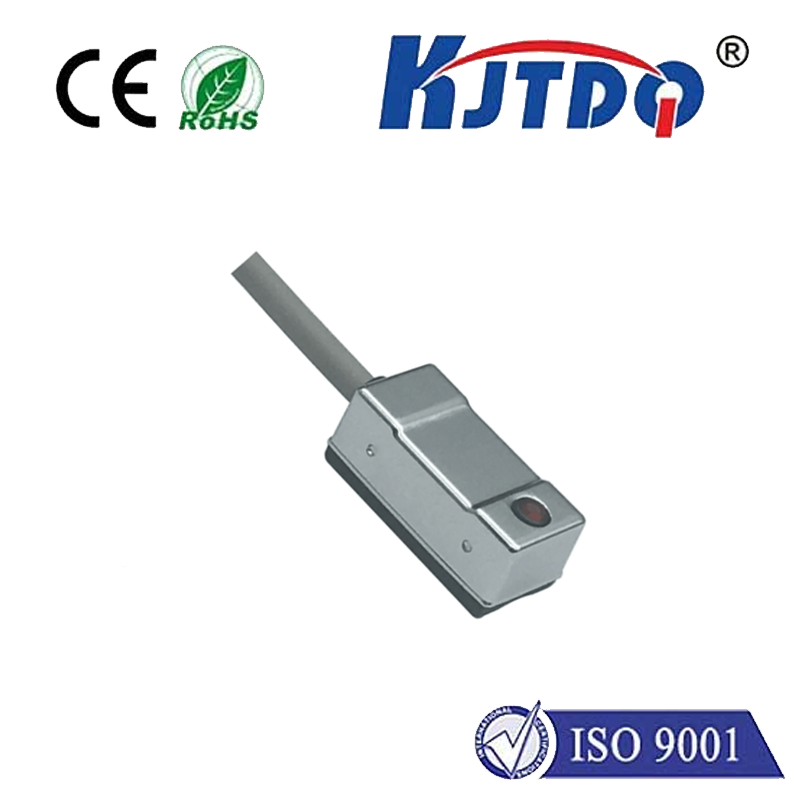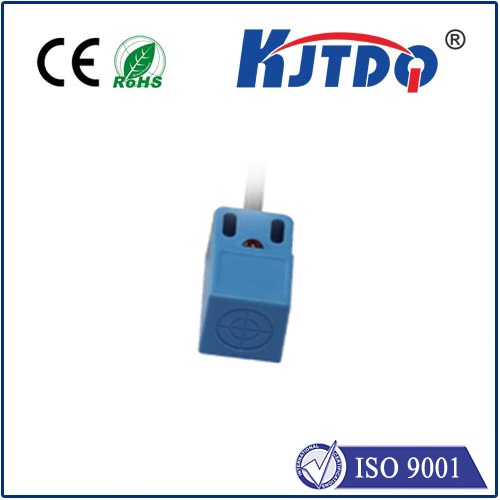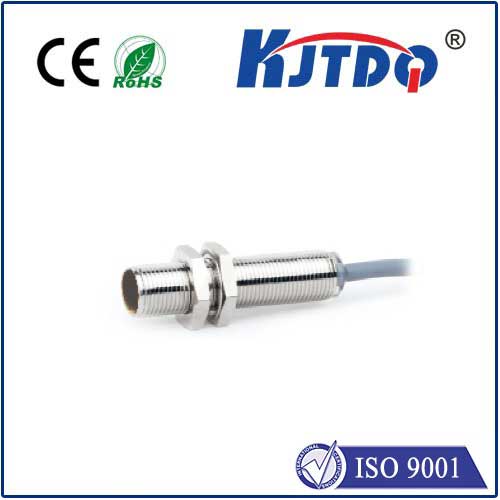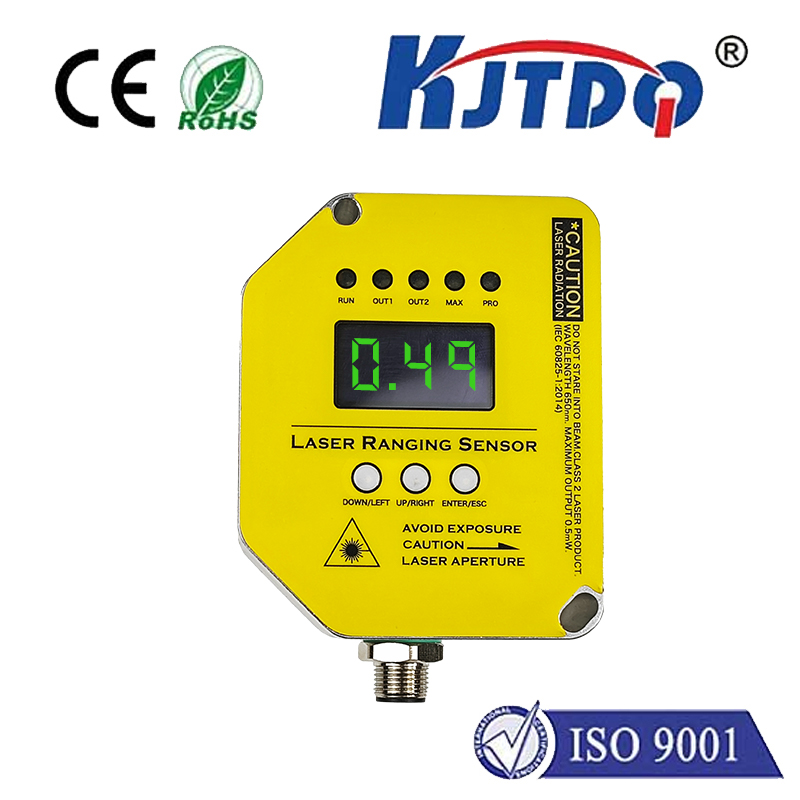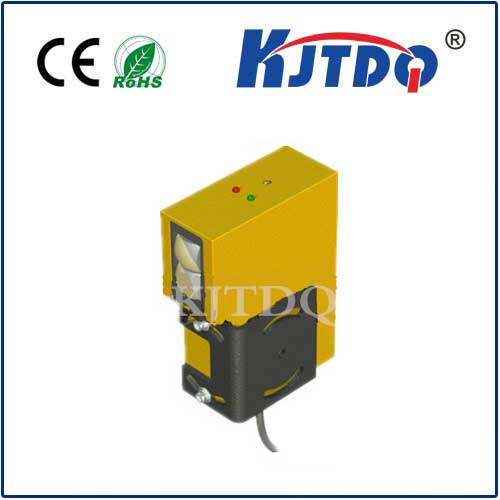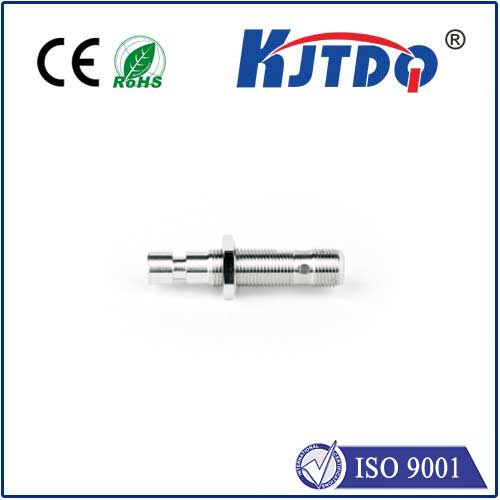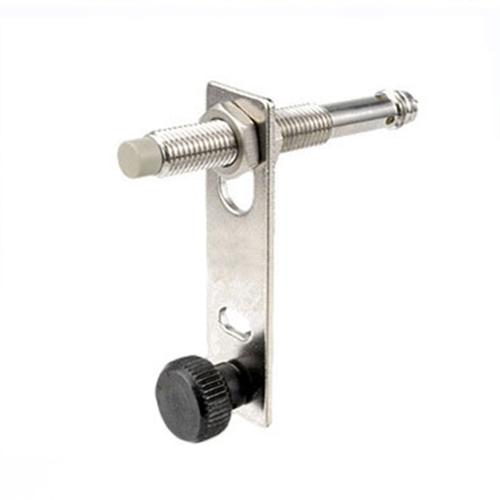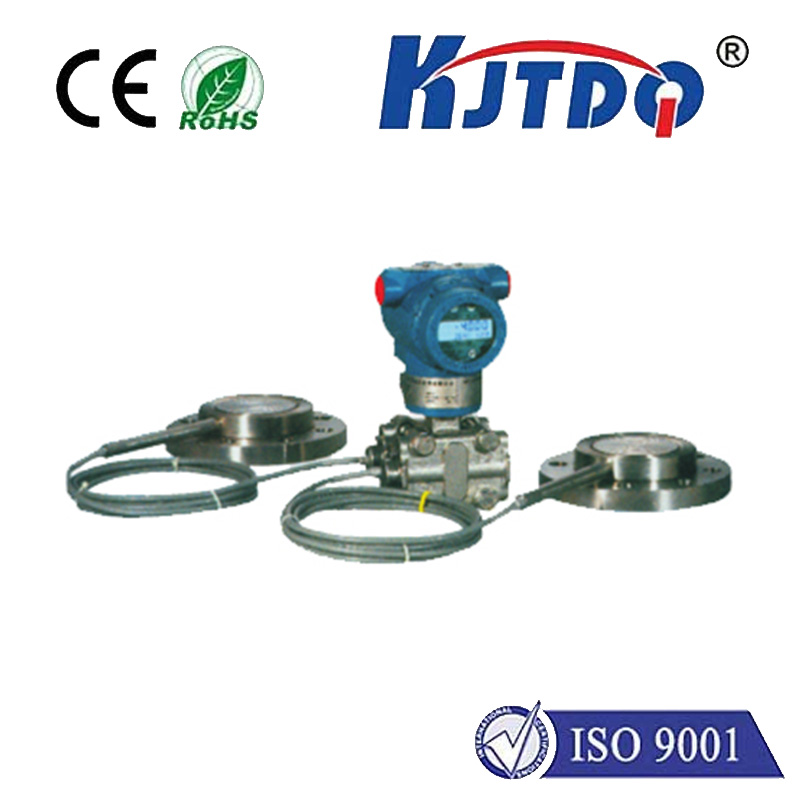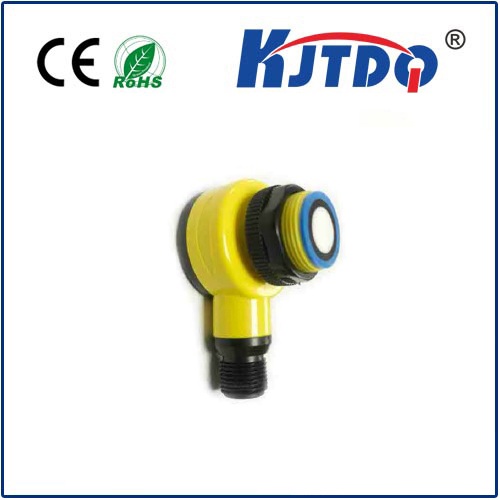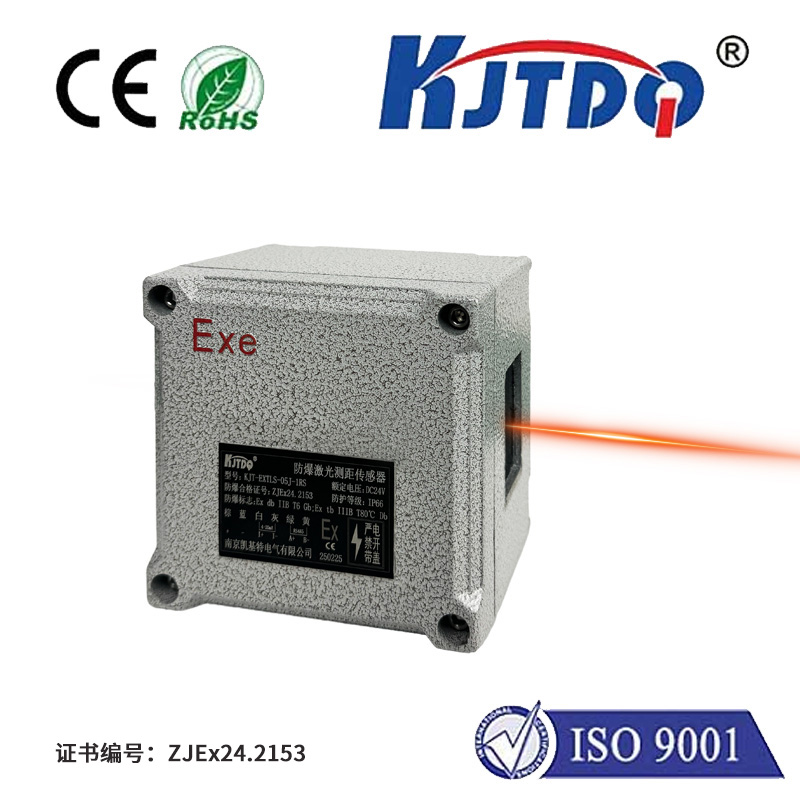auxiliary limit switch
- time:2025-08-04 12:01:19
- Click:0
Auxiliary Limit Switches: The Unsung Heroes of Precise Control and Safety
Picture this: an elevator glides smoothly to your floor, stopping perfectly level with the threshold. A massive industrial garage door halts precisely at its apex, never crashing against the frame. A conveyor belt feeds components to an assembly robot with exact timing. What subtle component acts as the silent sentinel ensuring these movements are both precise and safe? Often, it’s the auxiliary limit switch, a fundamental yet frequently overlooked player in the world of automation and machinery control.
Far from being just an optional add-on, an auxiliary limit switch serves a critical, dedicated purpose. While the main limit switch might handle primary stopping functions, the auxiliary switch provides supplementary control or feedback based on the position or state of a moving part. Think of it as a secondary checkpoint or a dedicated messenger within a larger control system.
Understanding the Core Function
At its heart, an auxiliary limit switch is an electro-mechanical device (often utilizing micro-switch technology) or increasingly, a non-contact proximity sensor. It’s specifically designed to detect the presence, absence, position, or end-of-travel of an object or machine component. It achieves this through physical actuation (e.g., a lever, roller, or plunger being pressed) or proximity detection (via magnetic fields, inductive sensing, photoelectric beams, or ultrasonics). This detection triggers a change in the switch’s electrical contacts – either opening (Normally Open - NO) or closing (Normally Closed - NC) a circuit.

The “Auxiliary” Distinction: More Than Just Backup
The term “auxiliary” signifies its role in supporting other primary control elements. Its functions are diverse and vital:
- Providing Secondary Signals: While the main limit switch might stop a motor, an auxiliary switch could simultaneously send a signal to a PLC (Programmable Logic Controller) confirming the stop position, illuminating a status light, or initiating the next sequence in an automated process. This provides crucial feedback loops.
- Enabling Safety Interlocks: Auxiliary limit switches are frequently employed in safety circuits. For instance, they might confirm that a protective guard is securely closed before machinery can start, preventing hazardous operation. Their state is integral to meeting safety standards.
- Offering Position Verification: Does that valve actuator truly reach the “open” or “closed” position? An auxiliary switch provides a definitive electrical signal confirming the actual state, essential for process control and error detection.
- Sequence Control: In complex machinery, multiple limit switches (auxiliary included) work in concert. The detection by one auxiliary switch might be the enabling condition for the next stage of the machine cycle, ensuring operations happen only when prerequisites are met.
- Preventing Overtravel: Acting as a secondary or tertiary end-of-travel sensor, an auxiliary switch provides a critical fail-safe layer. If the primary limit fails for any reason, the auxiliary can step in to halt motion before mechanical damage or a safety hazard occurs. This redundancy enhances reliability.
Where You’ll Find Them: Ubiquitous Applications
The auxiliary limit switch is a workhorse across countless industries:
- Industrial Automation: Robotic arms, CNC machines, conveyors, packaging lines, material handling systems (confirming gripper positions, pallet presence, end-of-stroke).
- HVAC Systems: Verifying damper positions (open/closed), confirming economizer operation, indicating filter status (via linked mechanisms).
- Elevators and Lifts: Ensuring precise floor leveling, confirming door closure status (often critical for safety interlocks).
- Access Control & Doors: Verifying gate or barrier positions in parking systems or secure facilities.
- Valve Actuation: Providing open/close position feedback for automated valves in process industries (chemical, water treatment, oil & gas).
- Mobile Equipment: Monitoring implement positions (buckets, booms) on construction or agricultural machinery.
- Power Transmission: Indicating the position of disconnect switches or tap changers.
Selecting the Right Auxiliary Limit Switch: Key Considerations
Choosing the optimal switch involves careful evaluation:
- Function: What specific action triggers it (physical contact/actuation type, proximity sensing type)? What electrical signal change is needed (NO, NC, changeover)?
- Environment: Environmental factors are paramount. Consider temperature extremes, moisture/humidity (IP rating), exposure to dust, dirt, chemicals, oils, corrosive agents, or potentially explosive atmospheres (requiring hazardous location ratings).
- Durability: How many operational cycles must it withstand? Actuation force and potential shock/vibration levels impact choice. Heavy-duty industrial applications demand robust switches.
- Mounting & Actuator Style: Physical space constraints and the method of actuation (lever arm type, roller type, push rod, plunger, wobble stick) dictate the best form factor for reliable engagement.
- Electrical Ratings: Ensure the switch contacts can handle the required voltage (AC/DC) and current (amperage) of the control circuit without arcing or premature failure. Consider inductive loads (like motor coils).
- Safety Relevance: If the switch is part of a safety function (e.g., guard interlocking, emergency stop circuit backup), it must meet specific safety standards (e.g., ISO 13849, IEC 60947-5-1 for safety switches). Positively guided contacts are often a requirement here.
Maintenance: Ensuring Peak Performance and Reliability
Like any mechanical or electro-mechanical component, auxiliary limit switches require attention:
- Regular Inspection: Visually check for physical damage, corrosion, loose mounting, or contamination buildup affecting movement.
- Operational Testing: Periodically verify the switch actuates properly and sends the correct signal under real operating conditions. Don’t assume functionality.
- Cleaning: Remove dust, grime, or oils that could impede actuator movement or contaminate contacts.
- Replacement: Switches with moving parts have a finite lifespan. Replace switches proactively when nearing their rated cycle life or showing signs of inconsistency. Ignoring a failing auxiliary limit switch can lead to costly machine downtime or, worse, compromised safety.
While primary controls often grab the spotlight, the auxiliary limit switch is indispensable. It provides the granular control signals, vital safety confirmations, and essential feedback that keep modern machinery precise, efficient, and, crucially, safe. Understanding its function and importance is key to designing robust systems and ensuring reliable, trouble-free operation across a vast spectrum of applications. This unassuming component truly is an unsung hero in the orchestration of automated motion.






